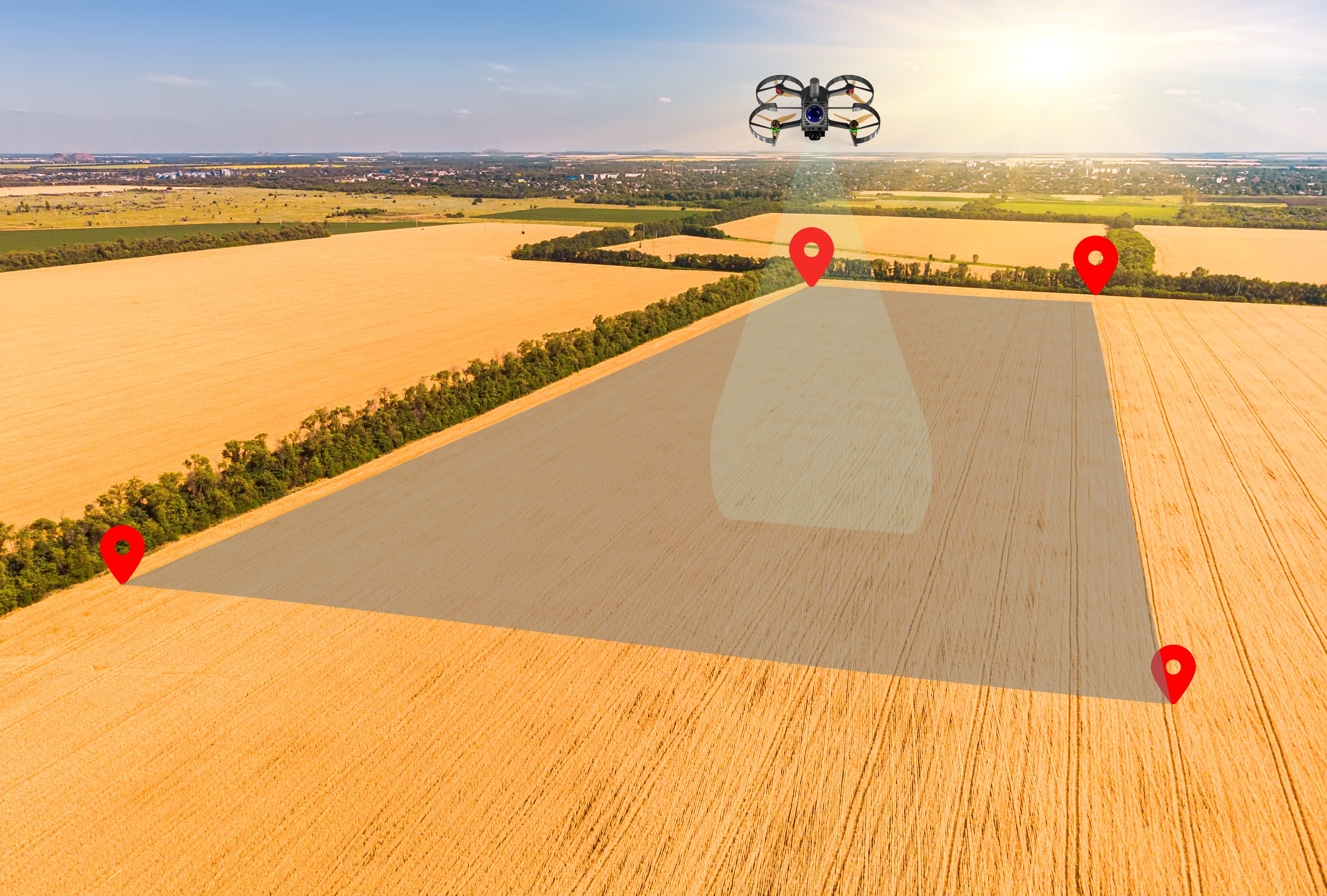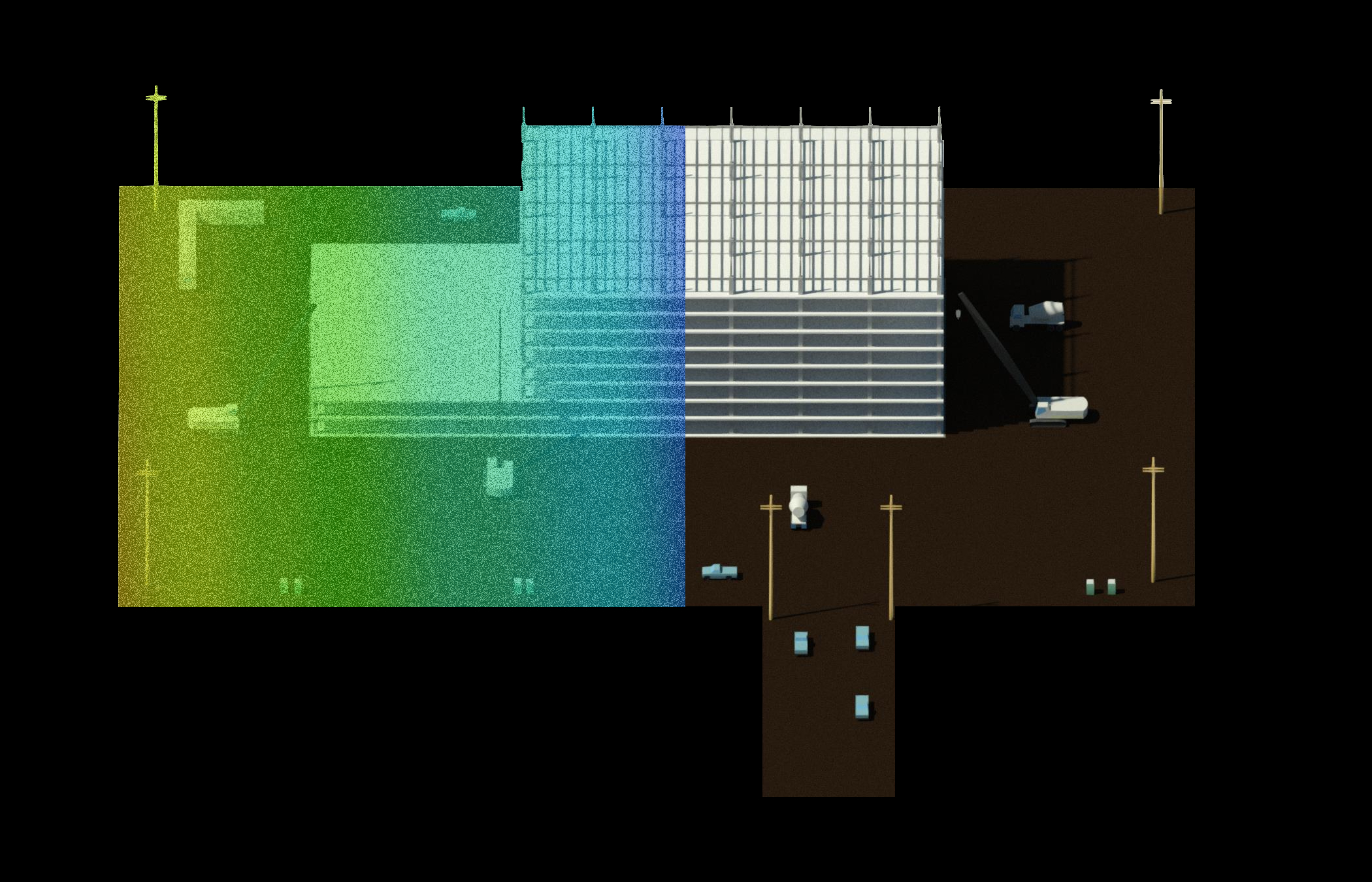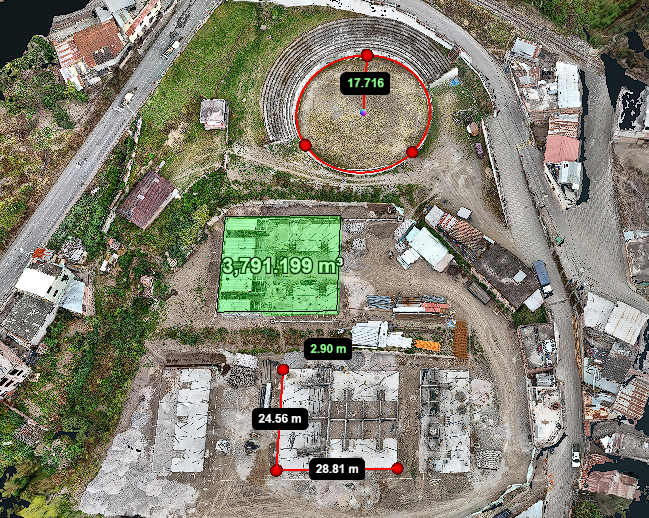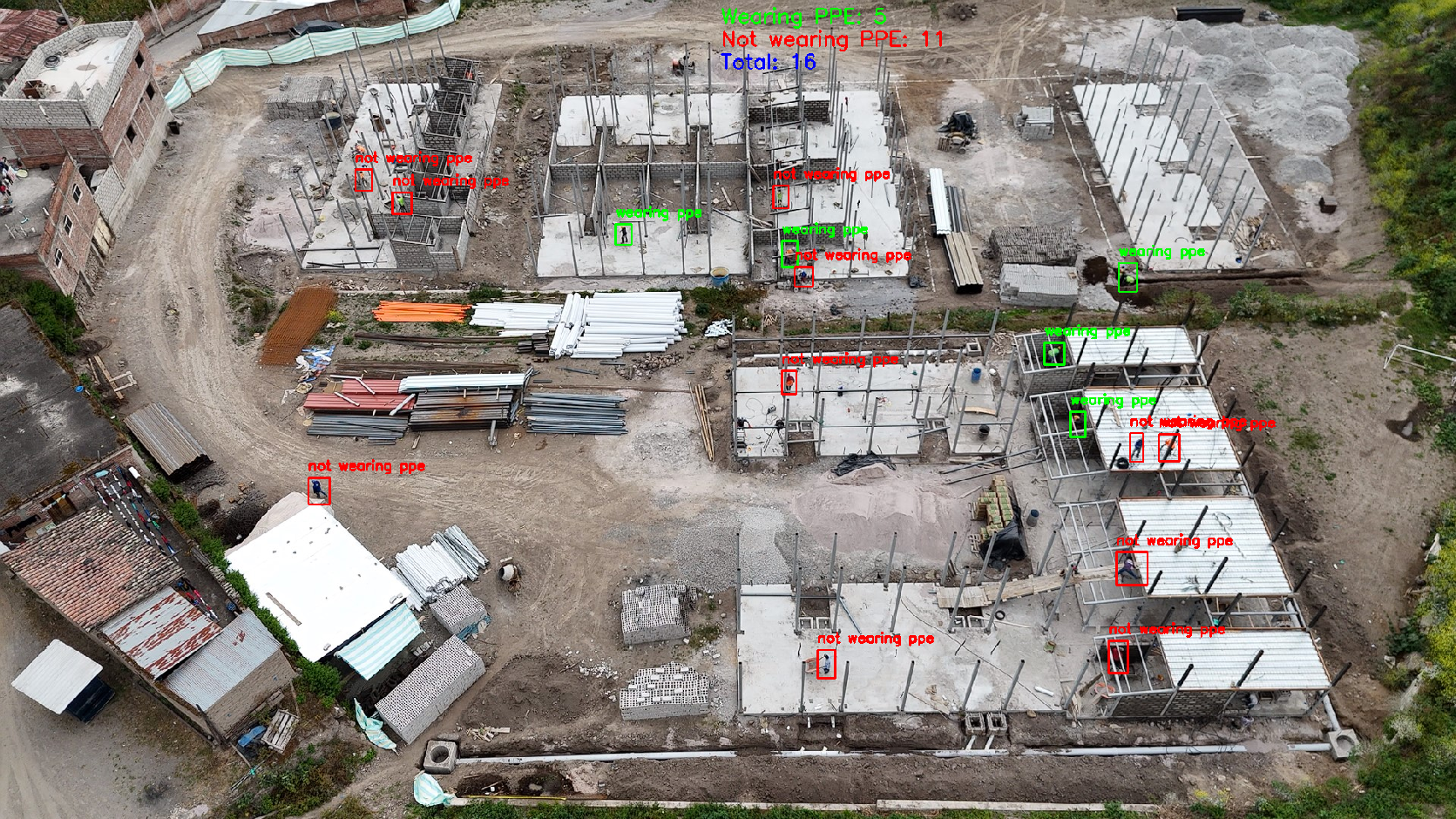Features
Safety and Environmental Compliance
Drones significantly enhance jobsite safety and environmental monitoring without exposing workers to risk. Aerial drones can inspect fall protection, scaffolding, and PPE usage, or capture safety hazards (e.g. open trenches, standing water, spills) for documentation. They also monitor environmental controls, such as erosion/sediment fences, stockpile runoff, dust abatement, or wetland encroachments. Importantly, drone surveillance keeps personnel out of dangerous areas.
- Regulatory documentation: Automatically archive images of each stage (e.g. erosion control at grading start) to show regulators that plans were implemented.
- PPE and traffic safety: Monitor whether workers wear helmets/harnesses and whether barricades or signage are correctly deployed on the ground.
- Hazard inspections: Quickly scan roofs, towers or scaffolds to confirm railings, harnesses, and other protections are in place, without putting inspectors at risk












